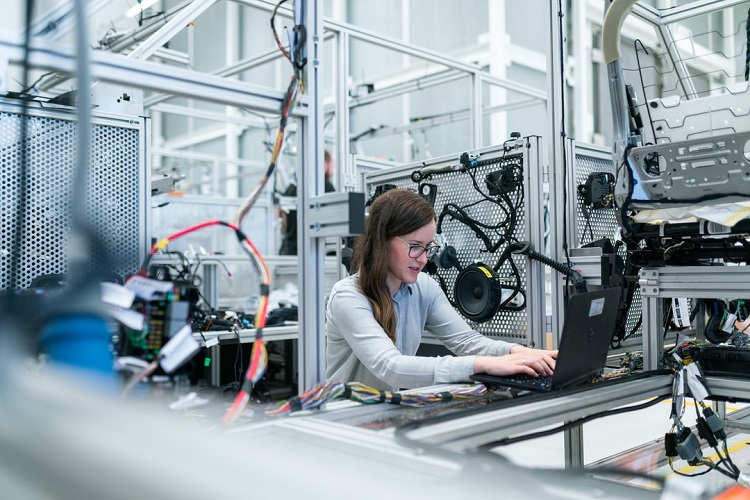Robots are a hotly debated topic in the modern world of industry and workforce management. Some people see the introduction of robotic processes as a drain on the number of jobs available to workers who depend on their employers, while other viewers notice the added benefits that robotics can offer to the entire marketplace—including those who worry about their careers continuity over the long term.
Robotic process automation is a change within all aspects of the world of industry, and on the whole, the introduction of automation and robotics processes are a huge bonus to both the workforce that will work alongside these innovative implementations and the end-users who benefit from the greater quality control and manufacturing capabilities that robotics can provide throughout the supply chain. At its heart, the use of RPA infrastructure can provide a streamlining within a variety of different tasks that take up valuable human time. Facets of the business processes in a manufacturing or distribution hub like shipping container assembly (boxes, envelopes, and more) are time-consuming and downright boring for those working on the floor. With the introduction of automated processes, a greater segment of the workforce can be leveraged to complete high-value processes rather than these labor-intensive necessities.
Also, read this article: The Best Technology To Increase Productivity in a Warehouse
Robotics offers a capacity for retraining in lower-stress tasks
One of the key features of the addition that robotics can bring to bear is the use of specialized human workers in lower-stress tasks and those with greater nuanced output requirements. Software robot integrations and other automation introductions into your brand’s workflow are great for hammering away at repetitive tasks and other key facets of business operability. But one of the key reasons to incorporate intelligent automation is to remove the physical strain that takes its toll on human workers over the lifetime of their responsibility at the company.
Bots can do nuanced tasks that human hands will tire from easily. With this digital transformation in place, your workforce won’t have to lift heavy equipment, spend hours toiling over minute details that strain the eyes and muscles, and much more. Instead, workers can be retrained to assist in the continued development of these key products with the help of robotic additions. Taking the grunt work out of the manufacturing or transportation of key resources frees up your labor force for a greater lifespan and reduces burnout. Likewise, many people working in factories and distribution centers that are seeing legacy systems phased out in place of new bots are being trained to maintain the automation tools that will take over the physical workload rather than having to perform the repetitive tasks and manual labor themselves.
Automation processes make for greater cost-effective production throughout the pipeline
In addition to a better workplace for human workers, the insights and streamlined task management that intelligent automation, artificial intelligence systems, and machine learning implementations can provide are great for the end-user as well. Everything from the cybersecurity concerns that manufacturing centers must handle to the efficient distribution of products from the floor to the shelves can be streamlined with the help of the digital transformation from a basic production space to one that incorporates robotics technology.
Consumers benefit from these implementations by paying less for the technologies and products that they rely on in their daily lives. Likewise, many end-users bring these products and services to their own business spaces. This means that a cycle of utility is created for all members of the workforce once RPA tools have been implemented at the beginning of the business environment.
Consider adding robotics and artificial intelligence products to your business landscape for a greater overall experience from top to bottom.

